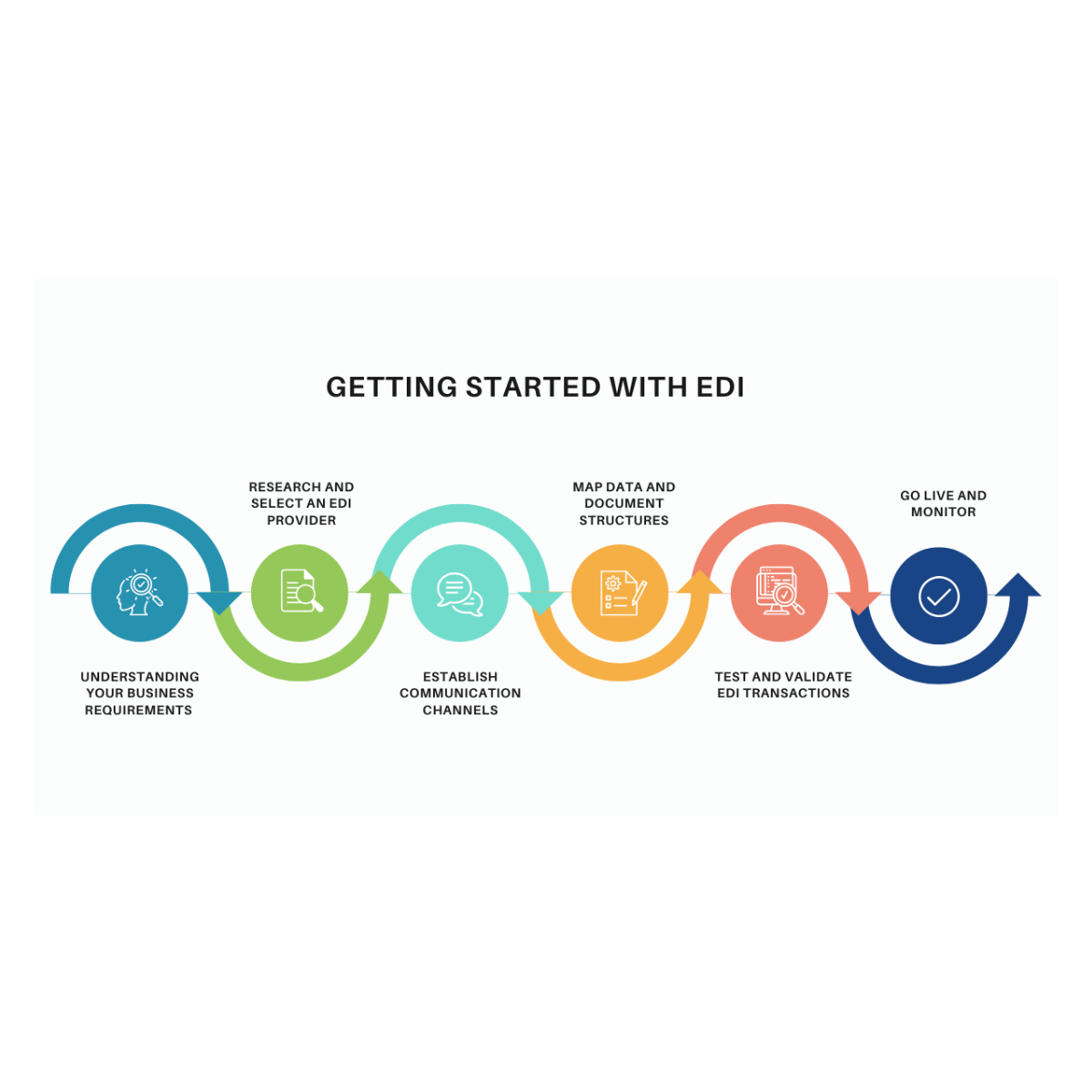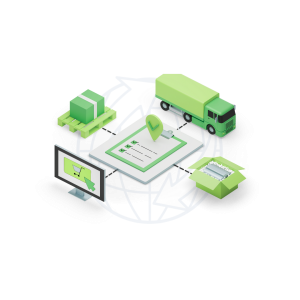Introduction
Electronic Data Interchange (EDI) is a powerful tool that allows businesses to streamline their operations and enhance communication with their trading partners. Whether you’re a retailer, manufacturer, healthcare provider, or part of any industry that relies on efficient data exchange, implementing EDI can bring numerous benefits.
Here is the list of common EDI documents businesses exchange
Common EDI document types include:
- Purchase Orders (850)
- Invoices (810)
- Advance Shipping Notices (856)
- Payment Remittance Advice (820)
- Inventory Reports (846)
EDI follows international standards such as:
✅ ANSI X12 (North America)
✅ EDIFACT (Europe & International Trade)
✅ TRADACOMS (UK Retail Industry)
✅ GS1 (Global Standard for Supply Chains)
Key Takeaways
Understand your business needs first – Before implementing EDI, identify which processes (like ordering, invoicing, or inventory) would benefit most and which trading partners you’ll communicate with.
Choose the right EDI provider – Look for an EDI provider that offers features matching your needs, has good customer support, and is compatible with the standards your trading partners use.
Set up proper communications and data mapping – Establishing communication channels between your systems and the EDI platform, and properly mapping how data will be formatted and exchanged, are critical setup steps.
Test thoroughly before going live – Always test your EDI transactions with trading partners to ensure data is correctly exchanged and processed before fully implementing the system.
EDI works for businesses of all sizes – Whether you’re a small business or a large enterprise, EDI solutions can be scaled to fit your needs, with many providers offering options tailored to different company sizes and transaction volumes.
How to Get Started With EDI Today! Lets Look at the History of EDI First
Origins of EDI
Electronic Data Interchange (EDI) can trace its roots back to the 1960s when businesses started looking for ways to exchange data electronically instead of relying on paper-based processes. Here are some key milestones in the history of EDI:
1968-1975: The Origins of EDI During this period, the first electronic messaging systems began to emerge. The Transportation Data Coordinating Committee (TDCC) developed a standard format for electronic messages, known as the TDCC Transport Data Format (TDF). This format laid the groundwork for the future development of EDI standards.
Late 1970s-1980s: Emergence of Standardized EDI Formats In the late 1970s and early 1980s, various industry groups and organizations started developing standardized formats for EDI messages. For example, the American National Standards Institute (ANSI) in the United States developed the ANSI X12 standard, while the United Nations Economic Commission for Europe (UN/EDIFACT) created the EDIFACT standard, which gained international recognition.
1980s-1990s: EDI Adoption and Advancement During the 1980s, EDI gained significant traction as more businesses recognized the benefits of electronic data exchange. Companies across industries, such as retail, manufacturing, and automotive, began implementing EDI to streamline their supply chains, improve efficiency, and reduce costs. This period also saw advancements in EDI technology, including the introduction of value-added networks (VANs) that provided secure and reliable communication channels for EDI transactions.
1990s-Present: EDI and Internet Integration The widespread adoption of the Internet in the 1990s brought new possibilities for EDI. The emergence of internet-based protocols and technologies, such as AS2 (Applicability Statement 2) and FTP (File Transfer Protocol), allowed businesses to exchange EDI messages directly over the internet, bypassing the need for VANs. This integration of EDI with the internet opened doors for smaller businesses to adopt EDI more easily and facilitated faster and more cost-effective communication between trading partners.
Recent Advancements: Cloud-based and API-driven EDI In recent years, cloud-based EDI solutions have gained popularity. These solutions offer scalability, flexibility, and easier integration with existing systems, allowing businesses to leverage the benefits of EDI without the need for significant infrastructure investments. Additionally, the rise of application programming interfaces (APIs) has enabled real-time, seamless integration between business systems and EDI platforms, further enhancing data exchange capabilities.
Step by Step Process to Get Started with EDI
Step 1: Understand Your Business Requirements
Before diving into the world of EDI, it’s crucial to identify your specific business requirements. Assess the processes that could benefit from EDI solutions, such as order processing, invoicing, or inventory management. Determine which trading partners you need to communicate with and the types of documents you’ll be exchanging.
Step 2: Research and Select an EDI Provider:
Once you have a clear understanding of your business needs, it’s time to research and select a suitable EDI provider. Look for a provider that offers the necessary features, such as document mapping, data translation, and secure transmission protocols. Consider their experience, reputation, and customer support capabilities. Ensure that the provider is compatible with the EDI standards used by your trading partners, such as ANSI X12 or EDIFACT.
Step 3: Establish Communication Channels
After selecting an EDI provider, you’ll need to establish communication channels between your business systems and the EDI platform. Your EDI provider will guide you through the technical setup process, which may involve configuring your systems to integrate with the EDI software or using a web-based portal for manual data entry. This step ensures seamless data flow between your internal systems and the EDI platform.
Step 4: Map Data and Document Structures
Mapping data and document structures is a critical step in EDI implementation. It involves defining how data will be formatted, transformed, and exchanged between your systems and your trading partners’ systems. Your EDI provider will assist you in creating maps or templates that align with the specific requirements of each document type, such as purchase orders, invoices, or shipping notices.
Step 5: Test and Validate EDI Transactions
Before going live with EDI, it’s essential to thoroughly test and validate your EDI transactions. Coordinate with your trading partners to perform end-to-end testing, ensuring that the data is correctly exchanged, translated, and validated on both ends. Identify and resolve any issues or discrepancies that may arise during this testing phase.
Step 6: Go Live and Monitor
Once you’ve completed testing and validation, it’s time to go live with EDI. Begin exchanging real-time data with your trading partners using the established EDI channels. Continuously monitor the EDI transactions to ensure data accuracy, identify any errors, and promptly resolve any issues that may arise. Regularly review transaction logs and reports provided by your EDI provider to stay on top of your EDI operations.
Conclusion
Implementing EDI can revolutionize your business processes by enabling seamless data exchange and enhanced collaboration with your trading partners. By following these step-by-step guidelines, you’ll be well on your way to getting started with EDI. Remember, selecting the right EDI provider, understanding your business requirements, mapping data structures, and thorough testing are crucial elements for a successful EDI implementation.
Embrace the power of EDI and experience the efficiency and benefits it brings to your organization’s data exchange processes.
Commport EDI Solutions
Download: EDI Buyers Guide
Unlock the full potential of your supply chain with our comprehensive EDI Buyer's Guide — your first step towards seamless, efficient, and error-free transactions
Frequently Asked Questions
To start with EDI, you’ll need a reliable internet connection, EDI software or a service provider, and the necessary hardware, such as computers and servers. Additionally, a clear understanding of your business processes and communication requirements is essential for a smooth implementation.
While familiarity with EDI concepts is beneficial, many EDI solutions are designed with user-friendly interfaces. Training programs provided by EDI service providers can help users, from beginners to advanced, navigate the system efficiently, ensuring a smooth onboarding process.
EDI is scalable and can be adopted by businesses of all sizes. Many EDI service providers like Commport Communications offer solutions tailored to the specific needs and volumes of small enterprises, making it an accessible and cost-effective option for businesses regardless of their scale.
EDI facilitates the exchange of various business documents, including invoices, purchase orders, shipping notices, and more. By automating these transactions, EDI reduces manual errors, accelerates processing times, and enhances overall efficiency in the supply chain.
Reputable EDI service providers ensure that their systems comply with industry standards and regulations. It’s crucial to choose a provider that is knowledgeable about the specific requirements of your industry and offers ongoing updates to align with evolving standards, ensuring continuous compliance.





